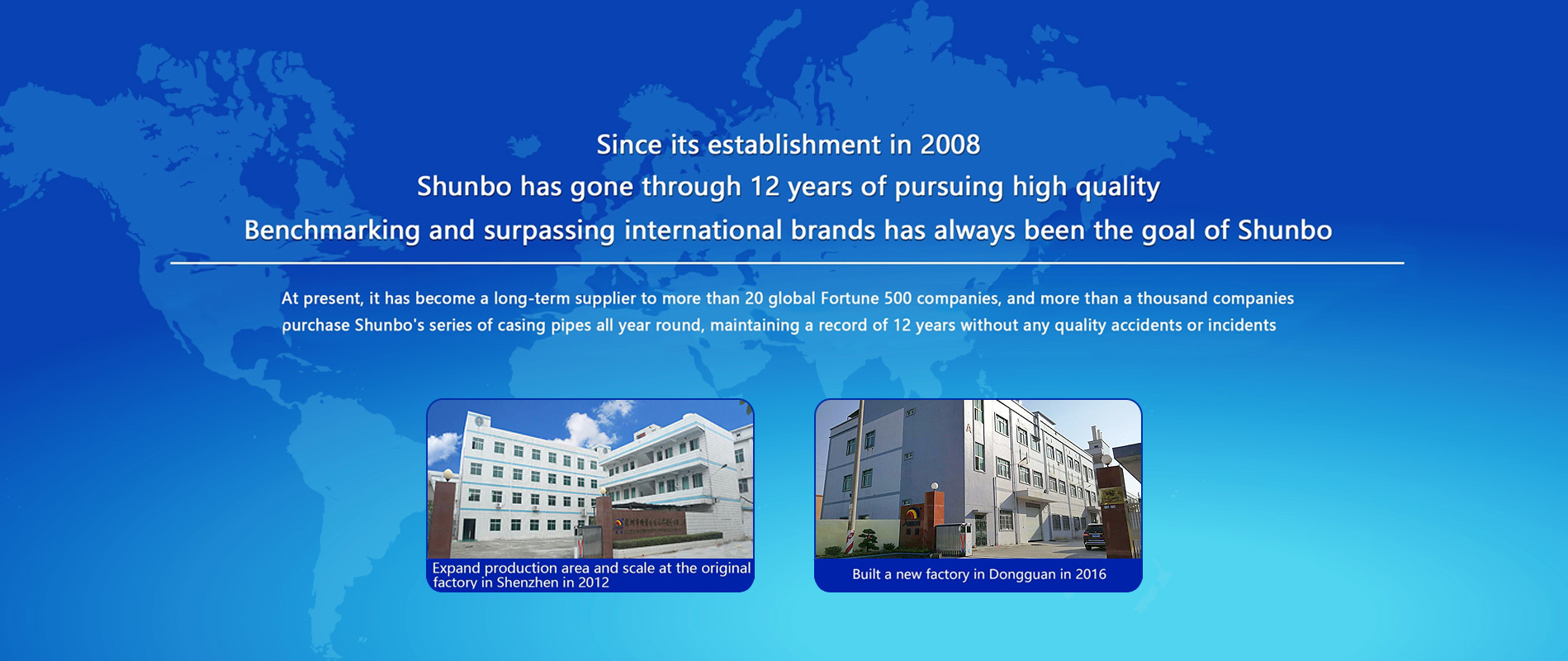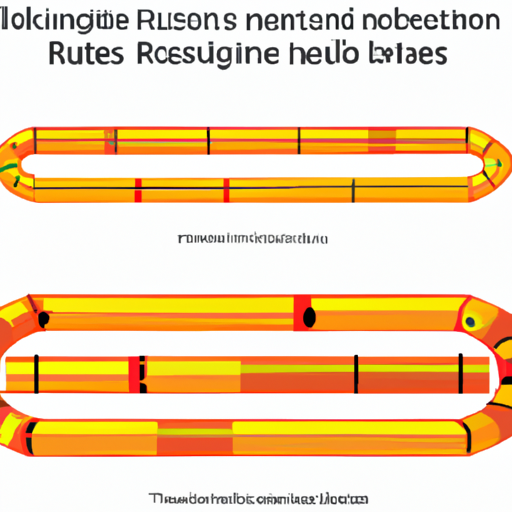
What are the Product Standards for Mid-Wall Heat Shrink Tubing?
I. Introduction
Mid-wall heat shrink tubing is a specialized type of tubing that shrinks in diameter when heat is applied, providing insulation, protection, and sealing for various applications. As industries increasingly rely on this versatile product, the importance of adhering to established product standards becomes paramount. These standards ensure that the tubing performs reliably under various conditions, safeguarding both the integrity of the components it protects and the safety of the end-users. This article will explore the characteristics of mid-wall heat shrink tubing, the relevant product standards, and the implications of compliance in various industries.
II. Understanding Heat Shrink Tubing
A. What is Heat Shrink Tubing?
Heat shrink tubing is a polymer-based material that, when heated, shrinks to fit snugly around the object it encases. The composition typically includes thermoplastic materials, which can be made from various polymers, including polyolefin, PVC, and fluoropolymers.
1. Composition and Materials
The most common materials used in heat shrink tubing include:
Polyolefin: Known for its excellent electrical insulation properties and resistance to chemicals and moisture.
PVC: Offers good flexibility and is often used in less demanding applications.
Fluoropolymers: Provide superior chemical resistance and high-temperature performance.
2. Types of Heat Shrink Tubing
Heat shrink tubing comes in various types, including:
Standard heat shrink tubing: Commonly used for general applications.
Mid-wall heat shrink tubing: Features a thicker wall, providing enhanced durability and insulation.
Heavy-wall heat shrink tubing: Designed for extreme conditions, offering maximum protection.
B. Applications of Heat Shrink Tubing
Heat shrink tubing is widely used across various industries for:
1. Electrical Insulation
It provides a reliable insulating layer for electrical connections, preventing short circuits and protecting against moisture and contaminants.
2. Mechanical Protection
Heat shrink tubing shields wires and cables from abrasion, impact, and environmental factors, extending the lifespan of the components.
3. Environmental Sealing
It creates a tight seal around connections, preventing the ingress of dust, moisture, and other harmful elements.
III. Mid-Wall Heat Shrink Tubing: Characteristics and Benefits
A. Definition of Mid-Wall Heat Shrink Tubing
Mid-wall heat shrink tubing is characterized by its moderate wall thickness, which strikes a balance between flexibility and durability. This type of tubing is particularly useful in applications where enhanced protection is required without the bulk of heavy-wall tubing.
B. Key Characteristics
1. Wall Thickness
Mid-wall heat shrink tubing typically has a wall thickness that is thicker than standard tubing but thinner than heavy-wall options, providing a good compromise between flexibility and protection.
2. Shrink Ratio
The shrink ratio indicates how much the tubing will shrink when heat is applied. Mid-wall heat shrink tubing usually has a shrink ratio of 2:1 or 3:1, allowing it to fit snugly over various sizes of components.
3. Temperature Resistance
This type of tubing is designed to withstand a range of temperatures, making it suitable for various environments, including automotive and aerospace applications.
C. Benefits of Using Mid-Wall Heat Shrink Tubing
1. Enhanced Durability
The thicker wall provides better resistance to mechanical stress, making it ideal for applications where the tubing may be subjected to abrasion or impact.
2. Improved Insulation Properties
Mid-wall heat shrink tubing offers superior electrical insulation, reducing the risk of short circuits and electrical failures.
3. Versatility in Applications
Its balanced characteristics make mid-wall heat shrink tubing suitable for a wide range of applications, from automotive wiring to electronic devices.
IV. Product Standards for Mid-Wall Heat Shrink Tubing
A. Overview of Relevant Standards Organizations
Several organizations establish product standards for heat shrink tubing, ensuring quality and safety across industries:
1. International Organization for Standardization (ISO)
ISO develops international standards that ensure quality, safety, and efficiency in products and services.
2. American Society for Testing and Materials (ASTM)
ASTM provides consensus standards for materials, products, systems, and services, including heat shrink tubing.
3. Underwriters Laboratories (UL)
UL is a global safety certification organization that tests products for safety and performance.
B. Key Product Standards
1. ISO 6722 - Automotive Cables
This standard specifies the requirements for heat-shrinkable tubing used in automotive applications, ensuring reliability and safety.
2. ASTM D2671 - Standard Test Methods for Heat-Shrinkable Tubing
This standard outlines the testing methods for evaluating the performance of heat-shrinkable tubing, including shrinkage, tensile strength, and dielectric strength.
3. UL 224 - Standard for Heat-Shrinkable Tubing
UL 224 establishes safety requirements for heat-shrinkable tubing, ensuring it meets specific performance criteria for electrical insulation.
C. Compliance and Certification Processes
1. Importance of Compliance
Compliance with established standards is crucial for manufacturers to ensure their products are safe, reliable, and suitable for their intended applications.
2. Testing and Certification Procedures
Manufacturers must undergo rigorous testing and certification processes to demonstrate compliance with relevant standards. This may include laboratory testing, quality control measures, and regular audits.
V. Material Specifications
A. Common Materials Used in Mid-Wall Heat Shrink Tubing
1. Polyolefin
Polyolefin is the most widely used material for mid-wall heat shrink tubing due to its excellent electrical insulation properties and resistance to chemicals and moisture.
2. PVC
PVC is often used in less demanding applications where flexibility is more critical than high-temperature resistance.
3. Fluoropolymers
Fluoropolymers are used in applications requiring superior chemical resistance and high-temperature performance.
B. Material Properties and Their Impact on Performance
1. Temperature Ratings
Different materials have varying temperature ratings, which affect their suitability for specific applications.
2. Chemical Resistance
The chemical resistance of the material determines its ability to withstand exposure to various substances without degrading.
3. Flame Retardancy
Flame-retardant materials are essential in applications where fire safety is a concern, ensuring that the tubing does not contribute to the spread of flames.
VI. Performance Testing and Quality Assurance
A. Types of Performance Tests
1. Shrinkage Tests
These tests evaluate the shrinkage ratio and ensure that the tubing shrinks to the specified dimensions when heated.
2. Tensile Strength Tests
Tensile strength tests measure the tubing's ability to withstand pulling forces without breaking.
3. Dielectric Strength Tests
These tests assess the electrical insulation properties of the tubing, ensuring it can withstand high voltages without failure.
B. Importance of Quality Assurance in Manufacturing
1. Consistency in Product Quality
Quality assurance processes help maintain consistency in product quality, ensuring that each batch of tubing meets the established standards.
2. Reducing Defects and Failures
Implementing quality assurance measures reduces the likelihood of defects and failures, enhancing the reliability of the final product.
VII. Industry Applications and Compliance
A. Industries that Utilize Mid-Wall Heat Shrink Tubing
1. Automotive
In the automotive industry, mid-wall heat shrink tubing is used for electrical insulation and protection of wiring harnesses.
2. Aerospace
Aerospace applications require high-performance materials that can withstand extreme conditions, making mid-wall heat shrink tubing an ideal choice.
3. Electronics
In electronics, this tubing is used to protect sensitive components from moisture and mechanical damage.
B. Regulatory Compliance and Industry Standards
1. Importance of Adhering to Industry-Specific Standards
Compliance with industry-specific standards is essential for ensuring safety and reliability in applications where failure could have serious consequences.
2. Consequences of Non-Compliance
Failure to comply with established standards can result in product recalls, legal liabilities, and damage to a company's reputation.
VIII. Conclusion
In conclusion, product standards for mid-wall heat shrink tubing play a critical role in ensuring the safety, reliability, and performance of this essential component across various industries. As technology advances and applications become more demanding, the importance of adhering to these standards will only increase. Manufacturers must prioritize quality and compliance to meet the evolving needs of their customers and maintain a competitive edge in the market.
IX. References
- International Organization for Standardization (ISO)
- American Society for Testing and Materials (ASTM)
- Underwriters Laboratories (UL)
- Relevant industry publications and technical resources on heat shrink tubing standards and applications.
By understanding the product standards and specifications for mid-wall heat shrink tubing, manufacturers and users can make informed decisions that enhance the safety and performance of their applications.



